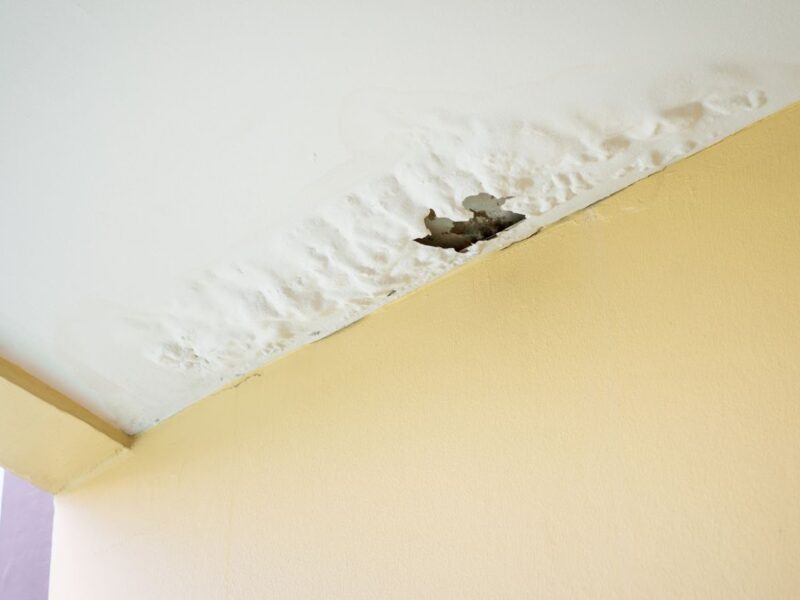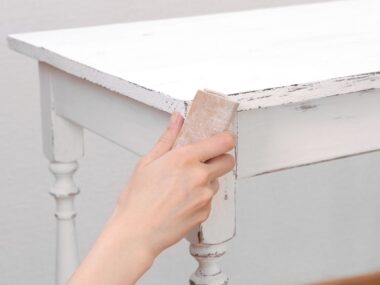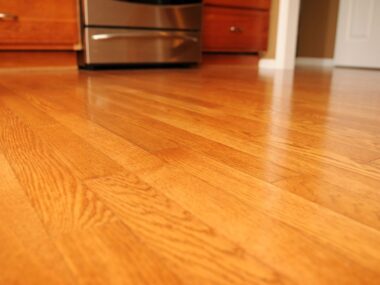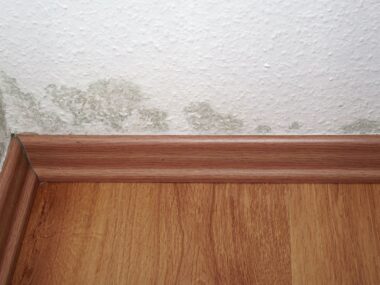When it comes to your ceilings, even a small water leak can cause a lot of long-term damage. If you’re not careful, that one little leak could turn into a much bigger and more expensive problem down the road. In this post, we’ll show you how to prevent future damage to your ceilings by identifying and fixing any potential problems before they start. By following the tips in this post, you can keep your ceilings looking great for years to come and avoid any costly repairs.
Water damage is one of the most common problems when it comes to ceilings
Water damage is one of the most common problems when it comes to ceilings, and it can happen for a number of reasons. Leaks from your roof, pipes, or even appliances can all lead to water damage on your ceiling. If you live in an area with high humidity, that can also contribute to ceiling damage over time.
- The first step to preventing water damage is to regularly check for any signs of leaks. If you see any dripping or pooling, it’s important to take action right away. Even if the leak is small, it can still cause long-term damage if it’s not fixed.
- Once you’ve identified a leak, the next step is to fix it as soon as possible. If you’re not sure how to do this, you can always hire a professional to help. In most cases, the sooner you fix the problem, the less damage it will cause.
Cracks or holes
In addition to water damage, another common issue with ceilings is cracks or holes. These can be caused by a number of things, including settling, wear and tear, or even insects. If you see any cracks or holes in your ceiling, it’s important to repair them as soon as possible. Small cracks can often be fixed with a little bit of putty or caulk, but larger ones may require more extensive repairs. If you’re not sure how to fix the problem, you can always hire a professional.
Saggy or collapsed ceiling
If you notice that your ceiling is starting to sag or collapse, it’s important to take action right away. This can be a sign of serious structural damage, and if left untreated, it can lead to even more damage down the road.
- The first step is to identify the source of the problem. Once you know what’s causing the sag, you can take steps to fix it. In some cases, this may involve hiring a professional.
- If your ceiling is sagging due to water damage, it’s important to repair the leaks as soon as possible. You may also need to replace any damaged structural members.
- If the sag is due to settling, you may need to add additional support to the ceiling. No matter what the cause, it’s important to take action quickly when you notice a saggy or collapsed ceiling. By taking care of the problem right away, you can avoid further damage and keep your ceilings looking great.
What is a popcorn ceiling
A popcorn ceiling, also known as a textured ceiling, is a type of acoustic ceiling that was once popular but is now considered outdated. The surface consists of small bumps or ridges that look like popcorn.
What is the cheapest way to cover a popcorn ceiling
The cheapest way to cover a popcorn ceiling is to apply a coat of paint to it. This will not only cover the popcorn ceiling but also add a new layer of protection against moisture and other damage. You can also apply a textured paint to give the ceiling a more finished look. If you are not confident in your painting skills, you can hire a professional to do it for you.











